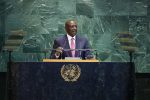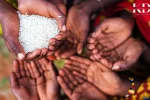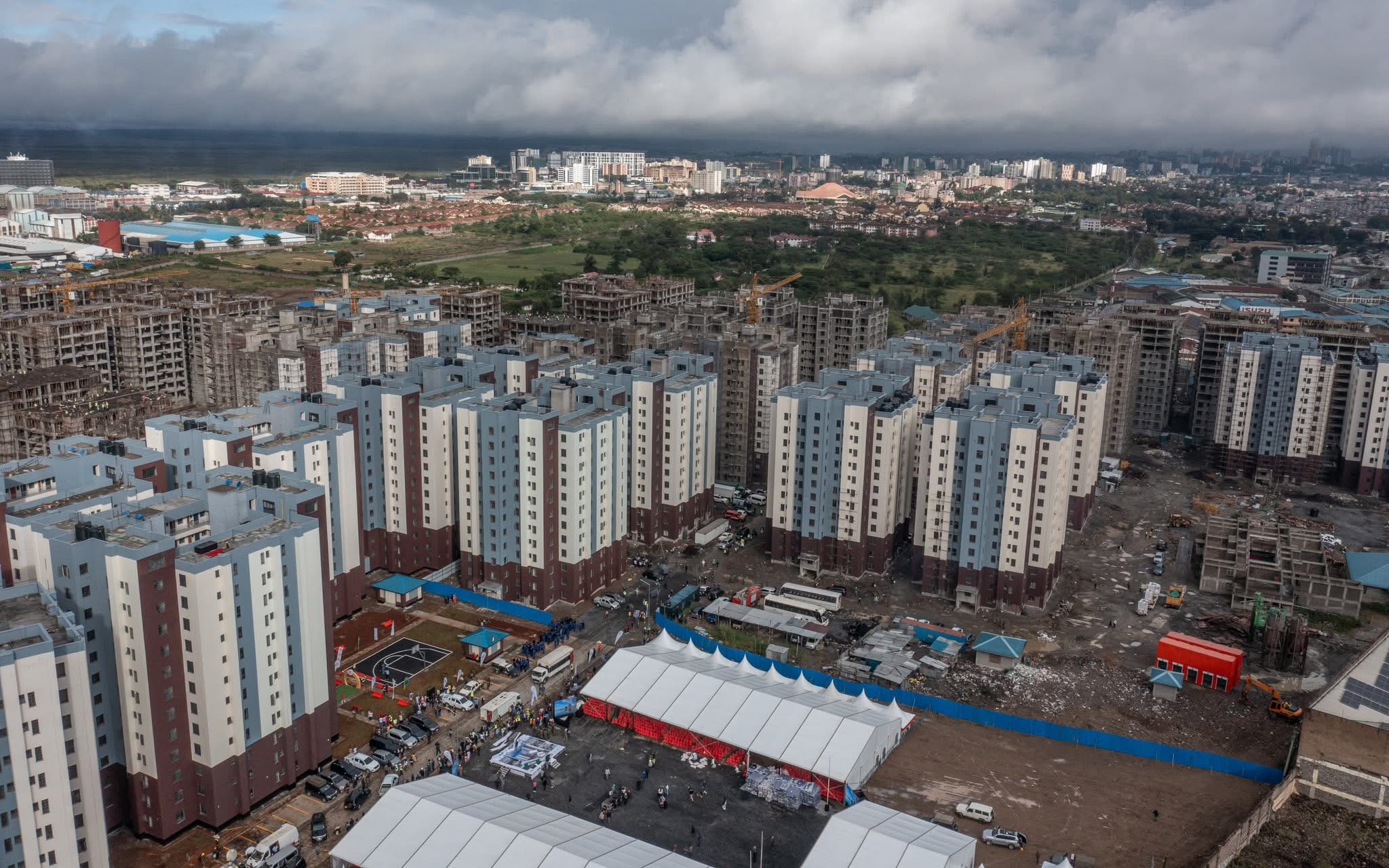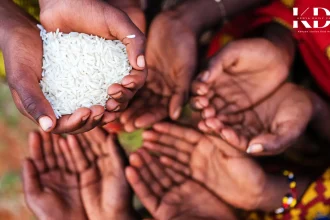As rains batter Nairobi’s informal settlements, the handover of 1,080 affordable housing units in Mukuru on Tuesday marked a significant milestone in Kenya’s Affordable Housing Programme (AHP).
Spearheaded by President William Ruto, the event signalled hope for thousands of Mukuru residents dreaming of stable, dignified homes.
Yet, beneath the fanfare, questions linger about transparency, affordability, and the programme’s ability to truly transform lives in one of Nairobi’s largest slums.
A Structured Allocation Process
The Mukuru project, part of the government’s ambitious plan to deliver 250,000 housing units annually, is designed to uplift residents of informal settlements like Reuben, Mukuru Riara, and Mariguini.
With 13,248 units planned—5,616 studio apartments, 3,024 one-bedroom units, and 4,608 two-bedroom homes—the initiative prioritizes local residents to curb slum proliferation.
The allocation process, managed through the Boma Yangu platform , is touted for its transparency.
Applicants register, complete profiles, and select units, with eligibility hinging on Kenyan citizenship, being over 18, tax compliance, National Social Security Fund (NSSF) membership, and income levels suited to low- and middle-income households.
To ensure fairness, the government employs a randomized lottery system, bolstered by an enumeration process to verify long-term Mukuru residency.
The lottery is aimed at minimising political interference and ensuring equity.
“The Boma Yangu platform is our gateway to equitable homeownership. It is transparent, inclusive, and easy to use. Over 4,000 homes are already up for purchase. Whether you earn less than Sh20,000 or over Sh150,000, there’s a pathway for you.
The rent-to-own model further sweetens the deal: bedsitters cost Sh3,000–3,900 monthly, one-bedroom units Sh4,000, and two-bedroom units Sh5,000, with payments spread over 30 years. Only one house is allocated per Identity Card, preventing multiple claims.
A Beacon of Hope
For Mukuru’s residents, many of whom endure cramped, flood-prone shanties, the project is a lifeline.
Mary Wanjiku, a 42-year-old mother of three, shared her relief: “I’ve lived here 20 years, always fearing eviction. Now, I’m on Boma Yangu, hoping for a two-bedroom unit.”
The handover of the first 1,080 units, officiated by President Ruto, underscores the government’s commitment to urban inclusion.
Beyond housing, it promises improved infrastructure—paved roads, reliable water, and sanitation—addressing systemic issues in Mukuru, where over 400,000 people live in precarious conditions.
The AHP’s broader vision, funded partly by a controversial housing levy, aims to create jobs and stimulate economic growth.
In Mukuru, construction has already employed hundreds of locals, injecting vitality into the community.
Cracks in the Foundation
Yet, the programme is not without critics. On various platforms Kenyans have voiced skepticism about affordability and transparency.
Some argue that Sh3,000 a month sounds good, but for a casual laborer earning Sh500 a day, this is a stretch.
Others question the housing levy’s fairness, arguing it burdens low-income earners disproportionately.
Recent reports have highlighted delays in key handovers due to heavy rains, raising concerns about project timelines and quality control.
Transparency remains a sore point. While the lottery system aims to curb favoritism, some residents fear allocations could be swayed by local politics.
“We need clear lists of beneficiaries published publicly,” said James Otieno, a community leader in Mukuru Riara.
The enumeration process, though rigorous, has sparked debates over who qualifies as a “long-term resident,” with newer settlers worried about exclusion.
Affordability is another hurdle. The 30-year payment plan, while flexible, assumes stable incomes—a rarity in Mukuru, where many rely on informal work.
The requirement for NSSF membership and tax compliance may also exclude the most vulnerable, who often operate outside formal systems.
Critics argue the government should subsidize costs further or offer tailored financing for the ultra-poor.
The Mukuru project embodies the AHP’s dual promise and peril.
On one hand, it offers a scalable model for slum upgrading, prioritising residents and leveraging technology like Boma Yangu for efficiency.
The randomised allocation and rent-to-own structure reflect lessons learned from past housing schemes plagued by corruption.
Yet, the programme’s success hinges on addressing affordability, ensuring ironclad transparency, and mitigating external pressures like weather and funding disputes.
Comparatively, similar initiatives in Ethiopia and South Africa have faced parallel challenges. Ethiopia’s condominium housing program, for instance, struggled with affordability for the poorest, while South Africa’s RDP housing faced criticism over allocation fairness.
Kenya’s AHP could learn from these by integrating stronger social safety nets and public accountability measures.
Looking Ahead
As Mukuru’s first residents prepare to move in, the government faces a critical test. Scaling the project to deliver all 13,248 units on time, while maintaining quality and equity, will require robust oversight.
Expanding financial literacy programs and flexible payment options could ease affordability concerns. Publishing beneficiary lists and allocation criteria on Boma Yangu would bolster trust.
For now, Mukuru’s affordable housing initiative is a bold step toward urban equity, but its legacy depends on execution.
As President Ruto handed over keys today, he called it “a promise kept.” Whether that promise endures will depend on whether Mukuru’s most vulnerable find not just houses, but homes.












